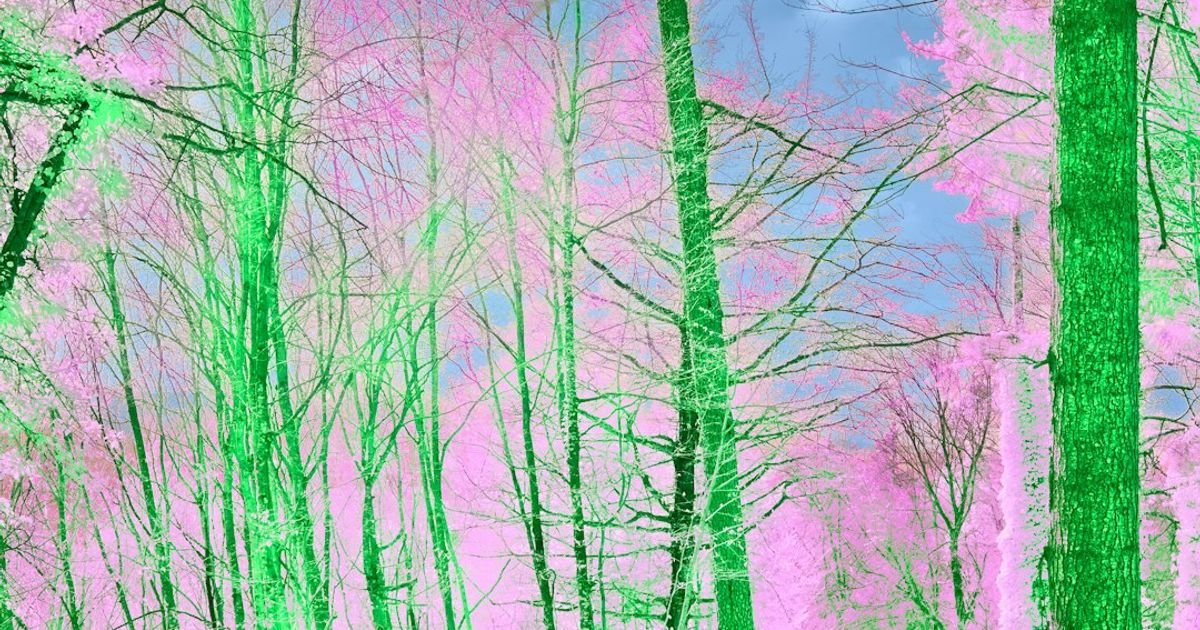About Prompt
- Prompt Type – Dynamic
- Prompt Platform – ChatGPT, Grok, Deepseek, Gemini, Copilot, Midjourney, Meta AI and more
- Niche – Image Processing
- Language – English
- Category – Content Restoration
- Prompt Title – AI Prompt for Automated Image Colorization for Old Movies
Prompt Details
This prompt is designed for automated colorization of black and white movie frames, focusing on content restoration and historical accuracy. It is dynamic, allowing for user customization and adaptation across various AI platforms. The prompt structure prioritizes detail, specificity, and best practices for AI prompt engineering.
**Base Prompt:**
“`
Colorize this black and white movie frame: [Image Input]
Consider the following parameters for accurate and historically plausible colorization:
* **Movie Genre:** [Genre – e.g., Western, Noir, Romantic Comedy, War Film]
* **Time Period:** [Year or Decade – e.g., 1920s, 1955]
* **Geographic Location:** [Country, Region, or City – e.g., United States, Rural France, New York City]
* **Scene Context:** [Brief description of the scene – e.g., Interior daytime scene in a bustling market, Exterior night scene in a dimly lit alleyway, Close-up on an actor’s face]
* **Color Palette Reference (Optional):** [URL or image file of a color palette or a representative image – e.g., a film still from a similar movie, a historical photograph, a painting from the period]
* **Specific Colorization Instructions (Optional):** [Detailed instructions regarding specific objects or elements – e.g., “The car should be dark blue,” “The actress’s dress should be a pale shade of pink,” “The sky should be a clear, light blue”]
Output Requirements:
* **High-Resolution Colorized Image:** Provide a colorized image with the same resolution as the input.
* **Minimize Artifacts:** Avoid introducing visual artifacts such as color bleeding, unnatural color gradients, or distortions.
* **Naturalistic Colorization:** Aim for realistic and historically appropriate colors based on the provided context.
* **Output Format:** [Specify desired format – e.g., PNG, JPEG]
Advanced Options (For platforms that support them):
* **Control Net or Similar Feature (Optional):** Use a control net or similar feature to guide the colorization process based on edge detection, segmentation maps, or other relevant information extracted from the input image. This can help improve the accuracy and consistency of the colorization.
* **Style Transfer (Optional):** If applicable, incorporate subtle style transfer from a reference image to enhance the aesthetic appeal of the colorized output, while maintaining historical accuracy. Specify the style reference image explicitly.
Example Implementation:
“`
Colorize this black and white movie frame: [Input image of a scene from a 1940s Noir film]
Movie Genre: Noir
Time Period: 1940s
Geographic Location: Los Angeles, California
Scene Context: Interior night scene in a smoky bar. Two characters are sitting at a table in the foreground.
Specific Colorization Instructions: The woman’s dress should be a deep red. The man’s suit should be dark gray or brown. The bar should have a dimly lit, amber ambiance.
Output Requirements:
High-Resolution Colorized Image
Minimize Artifacts
Naturalistic Colorization
Output Format: PNG
“`
**Dynamic Adaptation:**
* **Image Input:** Replace “[Image Input]” with the actual image file path, URL, or base64 encoded image data, depending on the platform.
* **Parameters:** Adjust the parameters based on the specific requirements of each frame. The more detailed the information, the better the results.
* **Optional Inputs:** Leverage advanced options like Control Net or Style Transfer if the AI platform supports them.
* **Iterative Refinement:** After receiving the output, review and refine the prompt based on the results. You may need to adjust specific color instructions or provide additional context to achieve the desired outcome.
This dynamic prompt allows for flexibility and control over the colorization process, enabling the restoration of old movies with historically informed and visually appealing color. By providing detailed context and leveraging advanced features, you can achieve high-quality colorization results across various AI platforms.

